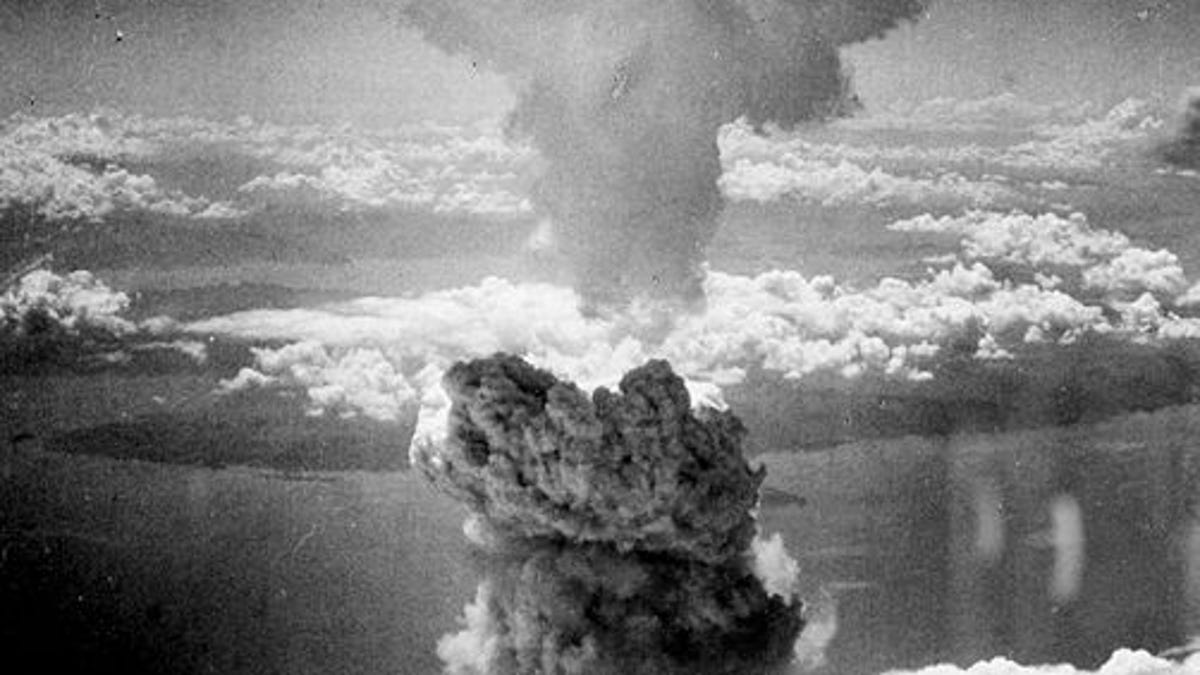Nuked beers safe to drink following U.S. government tests
Back in 1955, the government was very serious about where we'd get fluids after a nuclear apocalypse, so it got some beers and atomic bombs together to figure it out.

When a nuclear apocalypse comes calling, the first thing most of us will yearn for is a drink. And thanks to our government's foresight and willingness to bomb stuff, you can rest assured that the surviving cans of PBR and Bud Light found in your now flattened local 7-Eleven will be safe to chug.
This is actually no joke. Alex Wellerstein, an American Institute of Physics science historian who also runs a blog about nuclear secrets, recently posted some old government documents and photos from "Operation Teapot."
The subtitle to this 1955 report (PDF) on the experiment undertaken at the Nevada Test Site says it all: "The effect of nuclear explosions on commercially packaged beverages."
The idea was to try and figure out how non-zombie residents of a post-apocalyptic society might find safe fluids to drink. The always readily available shelves of soda and beer seemed like the best option, but would they be safe to drink after a nuclear blast?
The Atomic Energy Commission decided to search for an answer by setting up bottles of beer and soda cans at varying distances around the Nevada desert and then exploding two atomic bombs nearby to see what would happen next.
The drinks were set up as close as a quarter mile from ground zero and up to two miles away. Wellerstein notes that "even the bottles pretty near the test had a fairly high survival rate," providing plenty of test subjects. How they found subjects to do the taste tests that followed is less clear.
Turns out that even the brews just a quarter mile from the blast were deemed acceptable to drink for emergency use. Those closest to ground zero did have higher levels of radiation, but not enough to pose any immediate health risk. Of course, "health risk" becomes relative when you find yourself stranded in a radioactive desert on the lookout for mutants.
As for the taste tests, those brews nearest the explosions were most often deemed "definitely off" but once you got further away from ground zero, it seems many of the nuked beverages were still found to be of "commercial quality."
So what does this tell us, besides perhaps revealing the secret brewing process of PBR? Clearly, the moral of the story is that when times are bad, there's no such thing as a bad beer. It's something we've (or at least we Irish, in my case) always known in our hearts, but now we have the government data and explosions to prove it.
(Via NPR)

